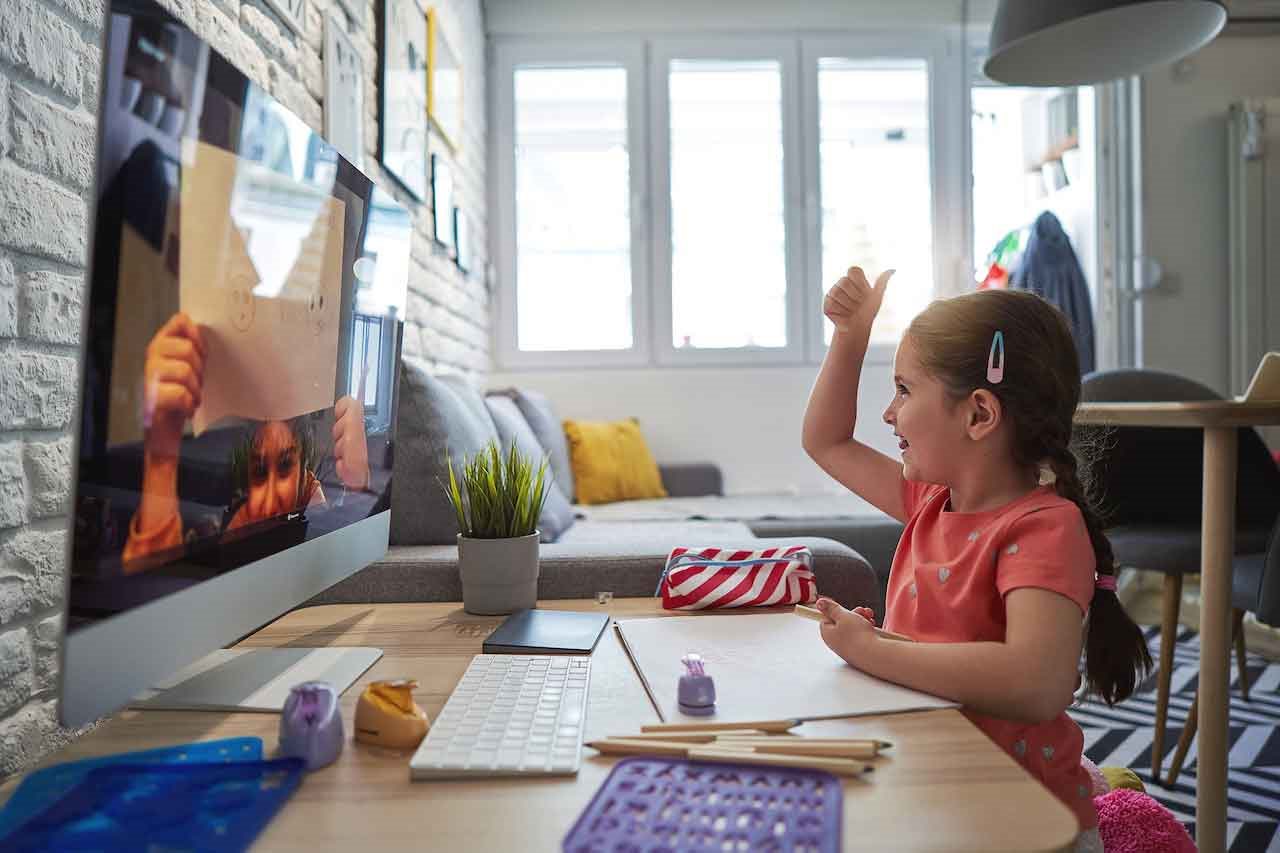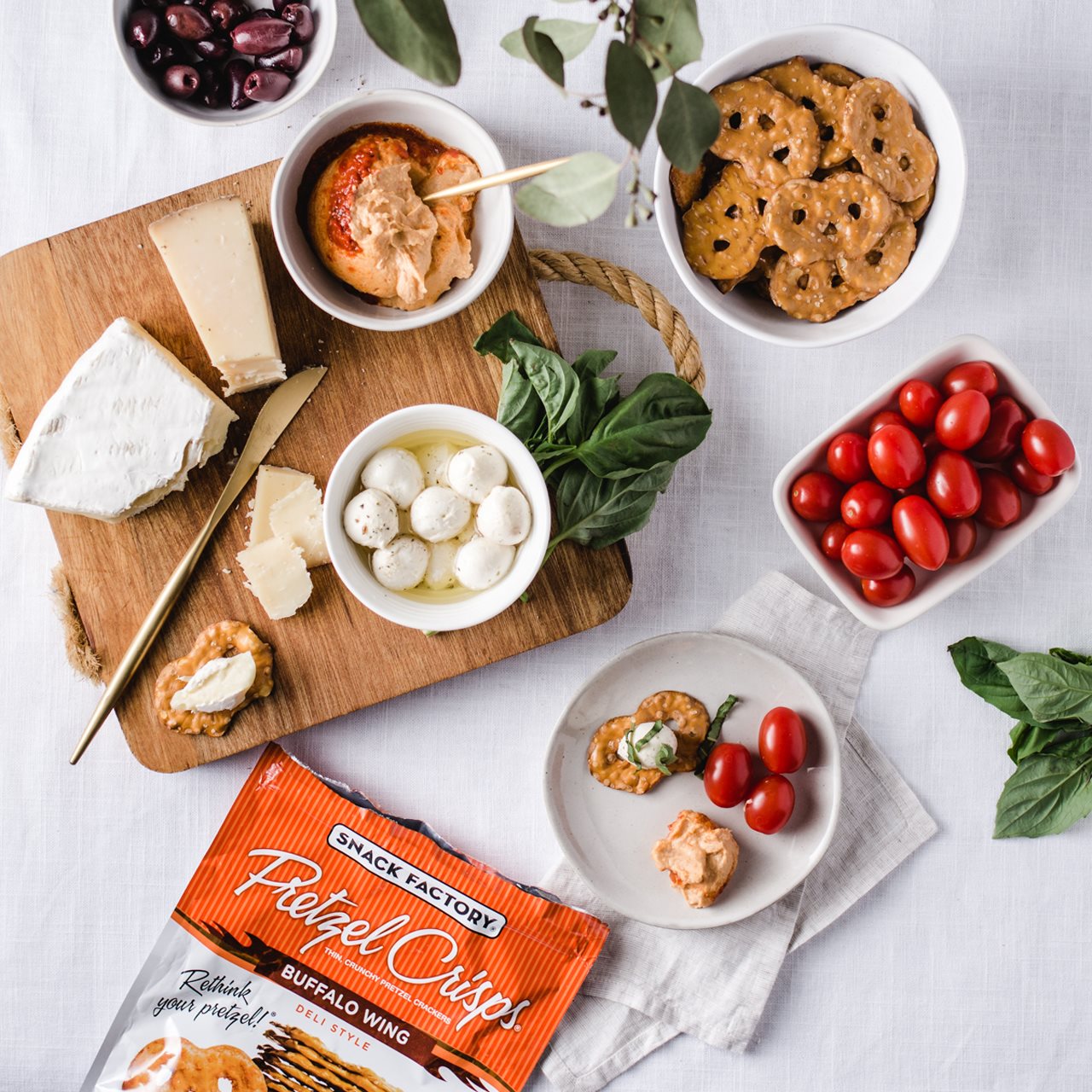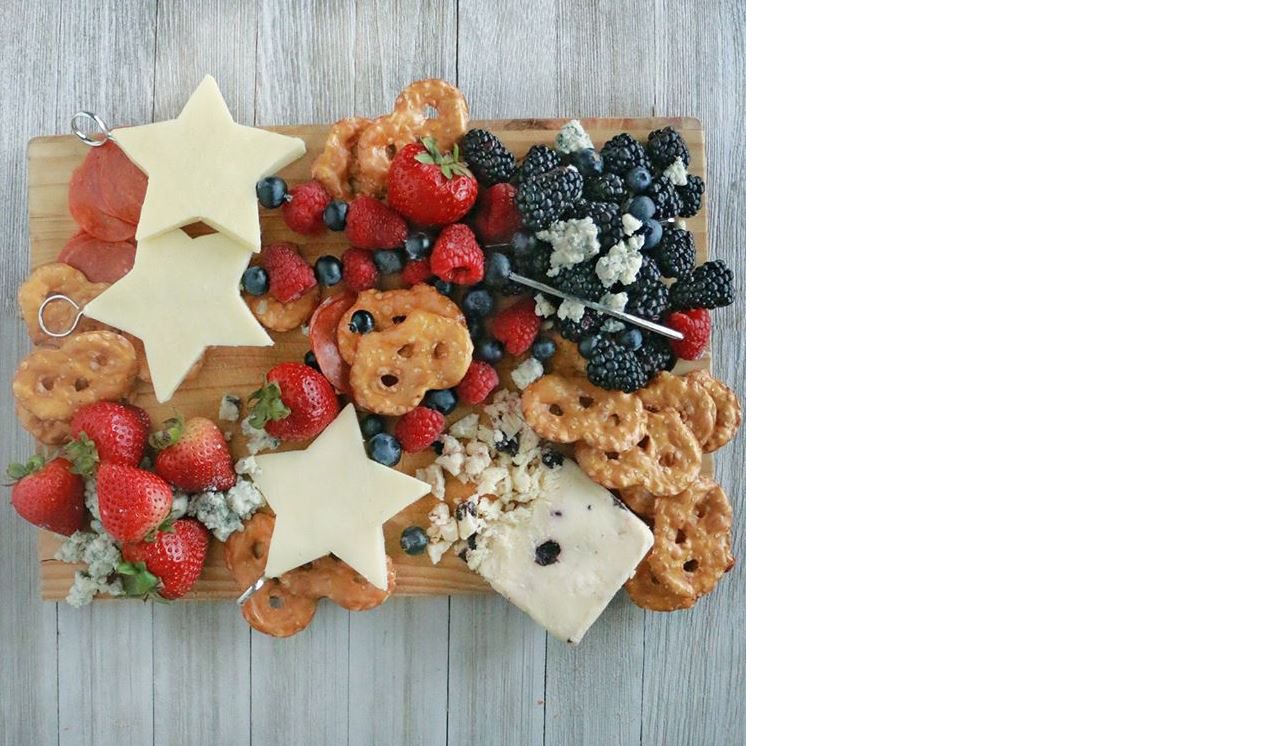2020-07-27T09:59:00
(BPT) – The COVID-19 pandemic has made the world far more uncertain. It’s impacted our work and finances, our relationships, and of course, our physical and mental health. Finding the sense of surety we all crave is almost impossible, which leads to stress, anxiety and powerlessness that drains us emotionally. These feelings of helplessness can be traumatic, putting our body and mind in a constant “flight or fight” state. Staying in this tense state for too long not only hurts our quality of life but makes our immune systems more vulnerable.
It’s important to recognize that this stress is a natural response to what’s happening in the world. After being gentle with ourselves, we also need to find a self-care routine that treats both the body and the mind, helping us to break the cycle of endless “what-ifs” about tomorrow’s challenges.
There are plenty of ways to cope with anxiety from uncertainty. Exercise, meditation and breathing techniques have all been proven to mitigate stress. Recently, however, health care professionals, researchers and practitioners are finding consensus around an activity that combines these three techniques into a powerful tool for regulating emotions and managing stress — Kundalini Yoga.
How Kundalini Yoga can help
Kundalini Yoga is an ancient practice that incorporates movement, dynamic breathing techniques, meditation and mantras to channel your body’s energy. While most forms of exercise produce the endorphins that make you feel better, Kundalini Yoga also releases the tension and anxiety that builds up over time in your body’s glands and nerves. It resets your stress response so that you can achieve an internal biochemistry of calm, balance and depth of self.
This is supported by a growing body of evidence indicating that contemplative practices such as yoga and meditation are effective at treating anxiety. In one recent study, researchers from Harvard Medical School, Boston University and the Sundari Satnam Kundalini Yoga Center compared Kundalini Yoga with common cognitive treatments in reducing symptoms of generalized anxiety disorder. Those who were treated with yoga had lower relative levels of anxiety and had a decrease in physical symptoms compared to traditional treatments.
Start your practice at home
One of the many beautiful aspects of yoga is that it requires no special equipment — though a yoga mat is helpful — so there’s nothing to stop you from practicing Kundalini Yoga in your living room. Training with a qualified Kundalini instructor will eventually be necessary to learn proper form, but there are plenty of techniques you can easily perform on your own that will help you to cope with the uncertainty of the pandemic.
Try this Kundalini mediation at home whenever you feel worried or anxious. Choose a peaceful surrounding, inside or outside. You can have soft music playing to enhance your sense of peace.
- Sit in Easy Pose.
- Sit on the floor. You can use a pillow or cushion for comfort.
- Cross your legs in front of you in a comfortable and relaxed way.
- If you are uncomfortable sitting on floor you can sit in a chair with your legs uncrossed and your feet flat on the ground.
- Place your hands on your knees, palms down, close your eyes and observe the sensations of your body and mind.
- Place your hands on the center of your chest at heart level.
- Begin by resting the back of your left hand in the palm of your right hand.
- Gently grab your left hand with your right, so that your right thumb is nestled in your left palm.
- Cross your left thumb over your right.
- Curve the fingers of your right hand around the outside of your left hand and hold it gently with the four fingers of the left hand remaining straight.
- Bring your hands to your heart center, resting them against your chest.
- With eyes closed, inhale deeply and relax. Breathe slowly for 10–30 minutes.
- In daily life we typically breathe 15 times a minute. Try slowing down to 4 breaths per minute by inhaling to the count of 10 and exhaling to the count of 10. A slow breath will slow your heartbeat, reduce your stress response, and give you a peaceful, secure feeling.
- Your mind will begin with a lot of “chatter” and anxiety. That is normal! Don’t try to suppress your thoughts, let them come and go until your mind is peaceful. If you have a particularly persistent thought, try naming it. Say to yourself, “This is my worry about my son,” for example. And let it go.
- It is difficult at first, but if you do this breathing technique regularly you will find that your mind will welcome the silence and will start to relax. Soon, you will build the habit and the capacity to keep your mind calm in challenging environments.
For more ways to reduce stress through Kundalini Yoga, visit: https://www.3ho.org/ and https://kundaliniresearchinstitute.org/.

















